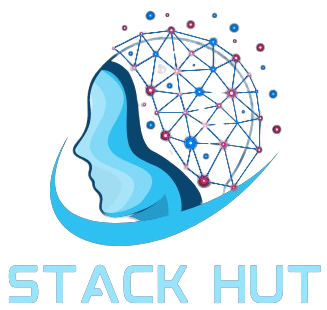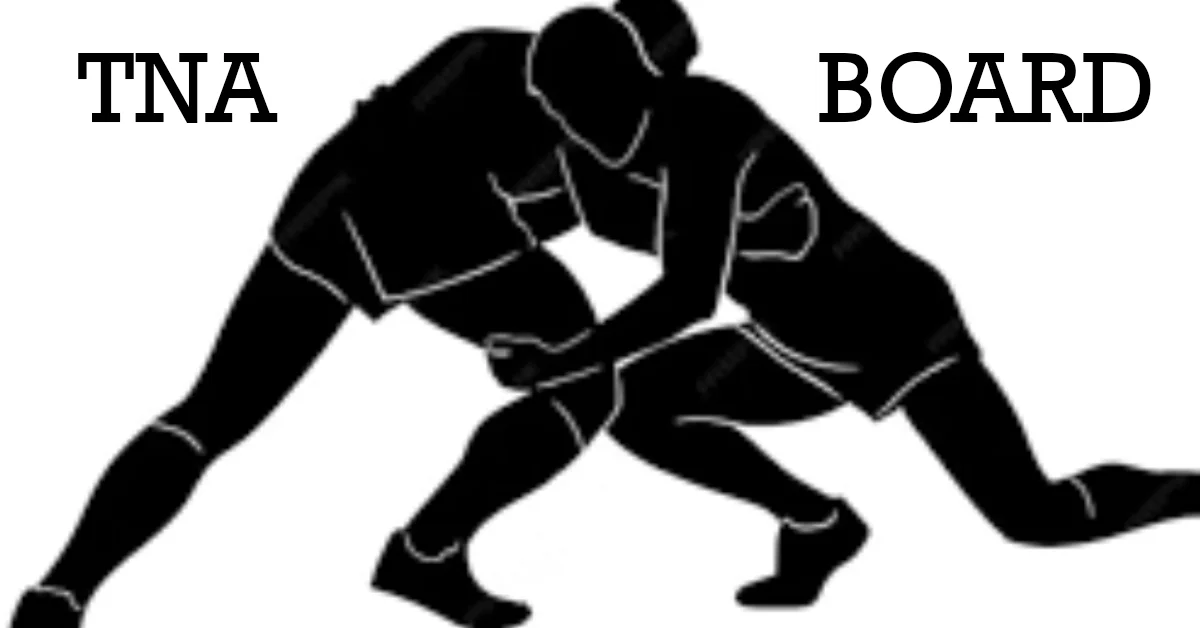The TNA (Training Needs Analysis) board is an essential tool for businesses and organizations aiming to identify, analyze, and address training needs effectively. Whether you’re a manager, HR professional, or team leader, understanding how to leverage the TNA board can significantly enhance your training programs and improve overall performance. This guide provides a comprehensive overview of the TNA board, including its benefits, components, and practical tips for implementation.
ALSO READ: Disappearing Dining Rooms: How Home Design Is Evolving
Table of Contents
ToggleWhat Is a TNA Board?
Definition And Purpose
A TNA board, often referred to as a Training Needs Analysis board, is a visual and strategic tool used to assess and determine the training requirements within an organization. It helps in pinpointing skills gaps, performance issues, and areas where employees need further development. The primary purpose of the TNA board is to align training programs with organizational goals and employee needs, ensuring that training investments are both effective and efficient.
Key Components
- Skills Inventory: A detailed list of current skills within the organization, including employee expertise and qualifications.
- Performance Metrics: Data on employee performance, including productivity rates, quality of work, and other key performance indicators (KPIs).
- Training Objectives: Clearly defined goals and objectives for what the training should achieve.
- Gaps Analysis: Identification of discrepancies between current skills and the skills required to meet organizational goals.
- Action Plan: A strategic plan outlining the steps needed to address the identified training needs.
Benefits of Using A TNA Board
Enhanced Decision-Making
By providing a clear view of where training is needed, the TNA board helps decision-makers allocate resources more effectively. This ensures that training efforts are focused on areas that will yield the greatest return on investment.
Improved Employee Performance
Targeted training based on a thorough needs analysis helps employees develop the specific skills required to improve their performance, leading to better job satisfaction and productivity.
Alignment with Organizational Goals
A well-structured TNA board ensures that training programs are aligned with the broader goals of the organization. This alignment helps in achieving strategic objectives and maintaining a competitive edge.
Efficient Resource Allocation
With a clear understanding of training needs, organizations can avoid wasting resources on unnecessary training programs. This efficient allocation of resources leads to cost savings and more impactful training outcomes.
Steps To Create An Effective TNA Board
Define Training Objectives
Before creating a TNA board, it’s crucial to define the objectives of the training. What specific outcomes do you want to achieve? Are you looking to improve overall productivity, enhance customer service, or develop leadership skills?
Conduct a Skills Inventory
Gather data on the current skills and qualifications of your employees. This can be done through surveys, performance reviews, and skills assessments. Understanding what skills are already present helps in identifying gaps more accurately.
Analyze Performance Metrics
Review performance data to pinpoint areas where employees may be struggling. Look for patterns or trends that indicate skill deficiencies or performance issues. This analysis will guide you in focusing your training efforts where they are most needed.
Identify Skills Gaps
Compare the current skills inventory with the skills required to meet organizational goals. Identify the gaps where additional training is needed. This step is crucial for ensuring that training programs address the most pressing needs.
Develop an Action Plan
Create a detailed action plan outlining the training programs that will be implemented to address the identified gaps. Include timelines, responsible parties, and any resources required. This plan will serve as a roadmap for your training initiatives.
Implement and Monitor
Execute the training programs as outlined in your action plan. Monitor progress regularly to ensure that the training is having the desired impact. Adjust the plan as needed based on feedback and results.
Tips For Maximizing The Effectiveness of Your TNA Board
Regularly Update The TNA Board
Training needs can change over time due to various factors such as organizational changes, industry trends, or evolving employee roles. Regularly update the TNA board to reflect these changes and ensure that your training programs remain relevant.
Involve Key Stakeholders
Engage managers, team leaders, and other key stakeholders in the TNA process. Their insights and feedback are invaluable in identifying training needs and ensuring that the training programs are aligned with departmental and organizational goals.
Use Data-Driven Insights
Leverage data and analytics to drive your TNA process. Utilize performance metrics, employee feedback, and other relevant data to make informed decisions about training needs and priorities.
Foster a Culture of Continuous Learning
Encourage employees to view training as an ongoing process rather than a one-time event. Promote a culture of continuous learning where employees are motivated to develop their skills and advance their careers.
Evaluate Training Effectiveness
Regularly assess the effectiveness of your training programs. Collect feedback from participants, measure improvements in performance, and analyze the impact on organizational goals. Use this information to refine your training strategies and make necessary adjustments.
Common Challenges And How To Overcome Them
Resistance to Change
Employees and managers may resist new training initiatives due to perceived disruptions or fear of change. Overcome this challenge by clearly communicating the benefits of the training and involving employees in the planning process.
Insufficient Data
Limited or inaccurate data can hinder the effectiveness of the TNA process. Ensure you have access to reliable data sources and consider using surveys, interviews, and performance assessments to gather comprehensive information.
Budget Constraints
Training programs can be costly, and budget constraints may limit your options. Prioritize training needs based on their impact on organizational goals and explore cost-effective training solutions such as online courses or in-house training sessions.
Lack of Time
Finding time for training amidst busy work schedules can be challenging. Address this issue by integrating training into daily workflows, offering flexible learning options, and scheduling sessions at times that minimize disruption.
Conclusion
The TNA board is a powerful tool for identifying and addressing training needs within an organization. By following the steps outlined in this guide and implementing the tips provided, you can create a TNA board that enhances decision-making, improves employee performance, and aligns training programs with organizational goals.
Regular updates, data-driven insights, and stakeholder involvement are key to maximizing the effectiveness of your TNA board and ensuring that your training initiatives deliver the desired results. Embrace the TNA board as a strategic asset and watch your organization’s training efforts drive meaningful improvements and success.
ALSO READ: Unlock Your Photography Potential with The Journeyman Camera
FAQs
What is a TNA Board?
A TNA (Training Needs Analysis) board is a strategic tool used to assess and determine training requirements within an organization. It helps identify skill gaps, performance issues, and areas for development, aligning training programs with organizational goals and employee needs for effective and efficient outcomes.
How often should the TNA Board be updated?
The TNA board should be updated regularly to reflect changes in organizational goals, industry trends, and employee roles. Regular updates ensure that the training programs remain relevant and effectively address current needs.
Who should be involved in the TNA process?
Key stakeholders such as managers, team leaders, and HR professionals should be involved in the TNA process. Their insights and feedback are crucial for accurately identifying training needs and aligning programs with both departmental and organizational goals.
What data sources are useful for a TNA board?
Useful data sources for a TNA board include performance metrics, employee feedback, skills inventories, and survey results. These data sources provide a comprehensive view of current skills, performance issues, and areas needing development.
How can organizations manage training budget constraints?
Organizations can manage training budget constraints by prioritizing training needs based on their impact on organizational goals, exploring cost-effective solutions like online courses or in-house training, and integrating training into daily workflows to maximize resource use.

